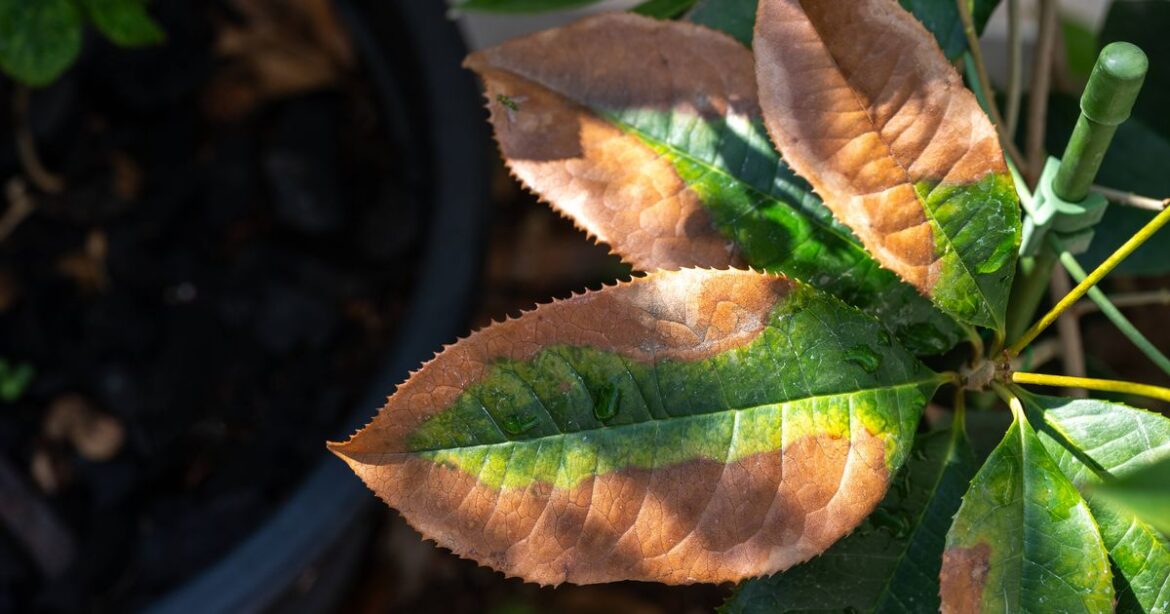Brown leaves on indoor plants aren’t always a result of watering issues but could instead be caused by low humidity and inadequate lighting conditions
Charlotte Owen and Maria Ortega
10:09, 23 Nov 2025Updated 10:23, 23 Nov 2025
 Plants can go brown for a variety of reasons(Image: Boy_Anupong via Getty Images)
Plants can go brown for a variety of reasons(Image: Boy_Anupong via Getty Images)
A horticultural specialist has shared advice on tackling brown leaves on houseplants – and revealed that reaching for the watering can isn’t necessarily the answer.
The cause of brown foliage isn’t always straightforward, with environmental factors such as air quality and light exposure playing crucial roles in plant health, making proper diagnosis vital for effective treatment. One significant contributor to browning leaves is insufficient air moisture, which becomes particularly problematic during winter months when central heating systems are running – this affects the leaf tissue and leads to browning around the edges.
Horticultural specialist Álvaro Pedrera highlighted that inadequate atmospheric moisture levels can damage plant cells even when roots are receiving sufficient water. He said: “If your plants have brown leaves, it’s not because they’re not being watered.”
Insufficient environmental moisture can result in dried-out leaf tips, foliage curling and stunted development.
In a video shared on his TikTok profile, the gardener explained the solution was to boost moisture levels in the plant’s surroundings. You can do this by checking out the tips below…
Methods to boost indoor moisture levels. Follow these tips to revive brown leaves(Image: Getty)
Follow these tips to revive brown leaves(Image: Getty)
1. Clustering houseplants – positioning them in close proximity generates a localised environment that maintains moisture more effectively.
2. Using Electric moisture devices – particularly beneficial in properties with continuous heating or arid conditions.
3. Trying Trays with water and stones – ensure the container doesn’t make direct contact with the water; moisture evaporation enhances the surrounding atmosphere
4. Occasional misting is recommended only for certain species that can tolerate leaf wetness, helping to avoid fungal issues.
While humidity can sometimes be the issue, inadequate watering also plays a part. Overwatering can cause leaves to drop, while under-watering leads to dryness.
Striking the right balance of water for your plant is crucial. Similarly, ensuring your plant receives the correct amount of light is key.
Excessive direct sunlight may result in brown spots, whereas insufficient light can lead to yellowish leaves.
If you notice brown leaves on your plant, it’s best to observe it carefully.
In less severe cases, simply pruning the damaged leaves can allow the plant to concentrate its energy on new growth. However, if the damage is extensive, adjusting the watering, light, and humidity conditions is recommended.
It’s also important to remember that some browning of leaves is part of a plant’s natural cycle. Lower leaves often dry up and fall off due to aging, which is just a sign of the natural process.


Comments are closed.